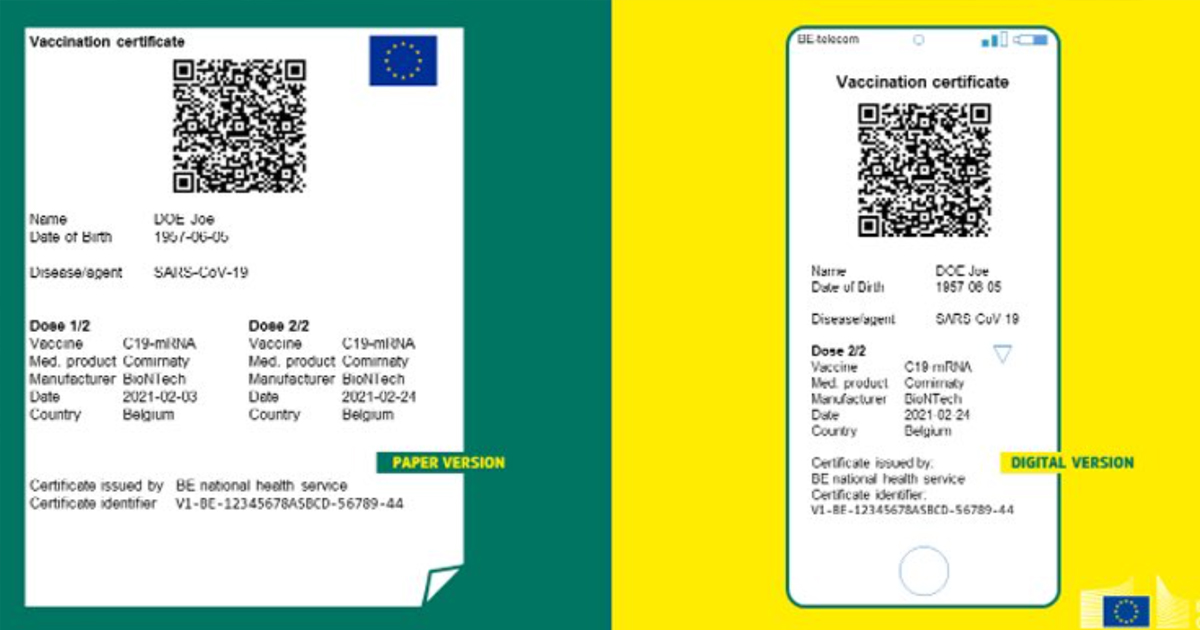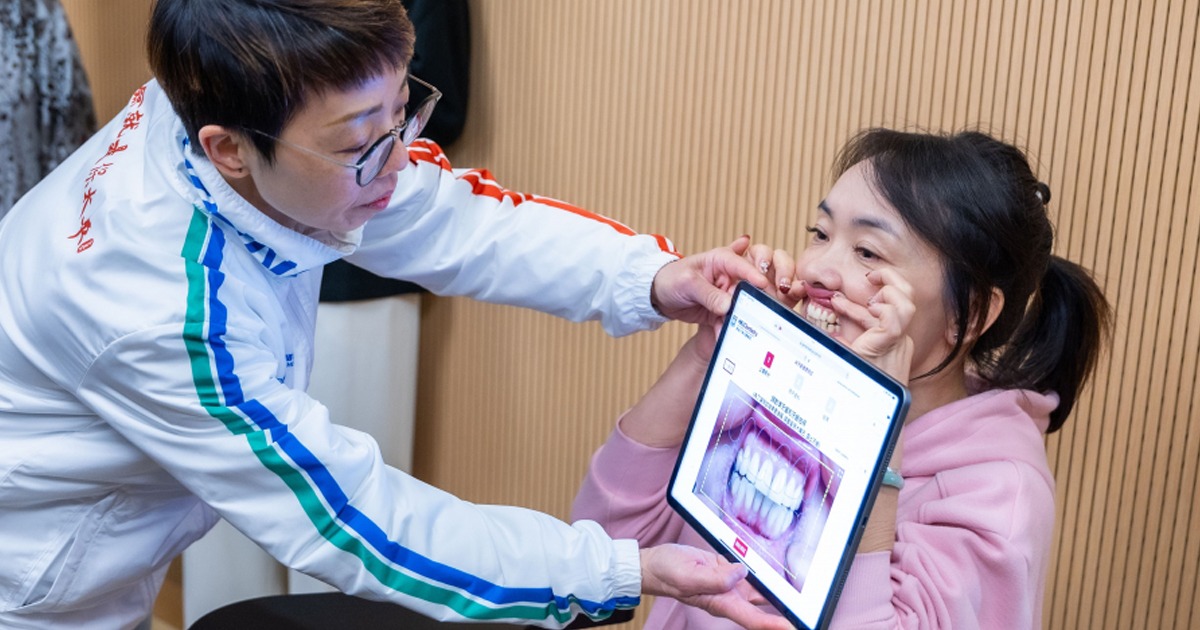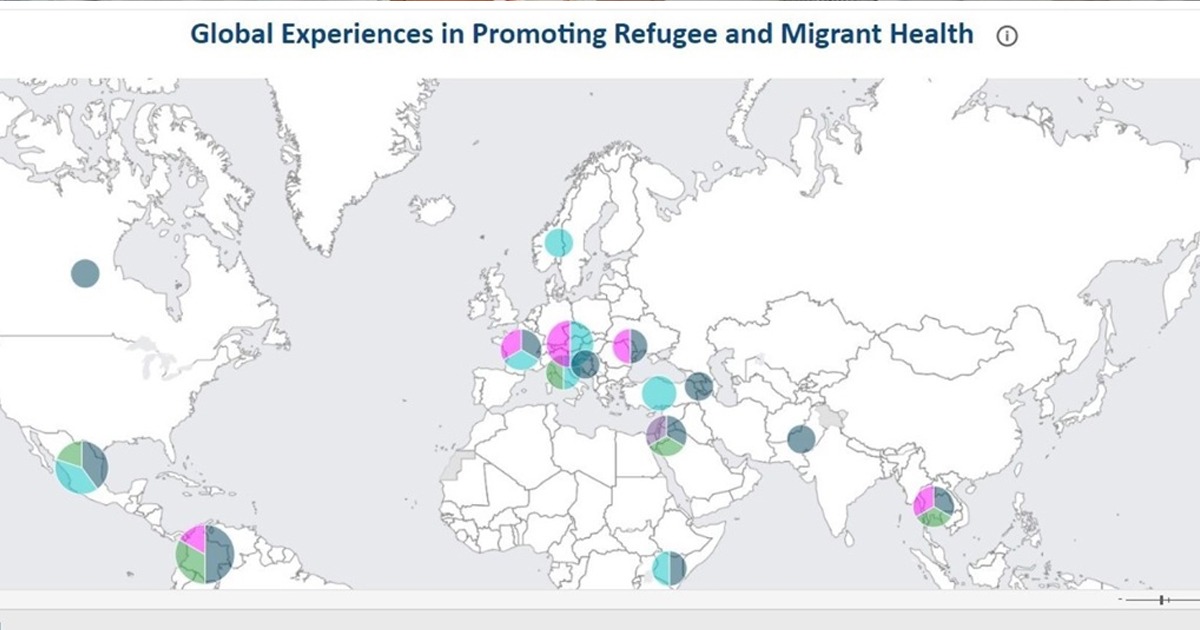COVID-19 has highlighted the shortcomings of health systems in dealing with a large-scale emergency such as a pandemic.
Researchers from various universities and research centers in the USA presented an analysis of the Digital Health outlook in future emergencies entitled "Advanced Digital Health Technologies for COVID-19 and Future Emergencies" which analyses current Digital Health tools such as telemedicine and critical telecare.
The article describes how Digital Health technologies are used or can be used for virus mitigation, proposing the National Emergency Tele-Critical Care Network (NETCC), a governing body that would combine Digital Health to address future health or climate crises.
With the COVID-19 pandemic and the detection of the strengths and weaknesses of the North American health system, a new opportunity is opening up for the full integration of Digital Health into health services. Researchers of the Military and Emergency Medicine (MEM), from Uniformed Services University of Maryland, USA, participated in the analysis, which states that their military forces have expanded available telemedicine systems by using low-cost mobile technologies for the response to any type of disaster or emergency. In addition, the article emphasizes that Digital Health and its tools are not limited to the use of telemedicine, Telehealth, or electronic clinical histories, but also includes Big Data, Artificial Intelligence, wireless sensors, among other tools.
The first part of the text refers to the description of the current Digital Health tools, those that had previously been used, and those that, as a result of the pandemic, went through a quick process for their application and use.

Telemedicine, Critical Telecare, Tele Advice Level, Information for decision making or devices that allow care with little contact and isolation, are some of the current tools and technologies. These technologies have allowed intensivists despite the high volume of patients during the pandemic, to have the tools to consult and provide medical assistance at a distance, especially to those patients at increased risk of a serious respiratory disease due to COVID-19.
However, the biggest challenge for health systems is the future of Digital Health in the face of new health emergencies, which is why the NETCCN proposal emerges, which would function as a stand-alone medical information system for the management, creation and coordination of critical care virtual rooms. The combination of live audiovisual channels would allow expansion to remote areas, a permanent system of this magnitude could prevent the transfer of patients to distant hospitals. Advanced analytics tools, AI, and visualization and data would provide tools for rapid action in patient treatment.
The NETCCN proposal is defined in four phases: in the first two phases the system would operate within a specific geographical area, with one or two virtual rooms, for the exclusive use of local physicians. For Phase III, the system would operate across multiple states and for phase IV, it could operate in all 50 states and territories, for the preliminary and temporary creation of these virtual rooms would include the use of local gyms, convention centers, among others.
Among the challenges described in the publication, there are undoubtedly the legal obstacles that must be solved to establish a massive Telehealth network in a country as extensive as the US. In addition to the software and hardware required for the implementation of digital systems in hospitals, and the acquisition of mobile health units, which as described in the article, these solutions are easy to apply and maintain, since their cost is not as high, and above all they are ideal for natural disaster situations such as hurricanes or storms.
The proposal was born in the context of a pandemic, in the country most affected so far, however, it is also a country with the resources to build a large-scale telemedicine network such as NETCCN.
To read the full article go to the following link: https://www.liebertpub.com/doi/pdfplus/10.1089/tmj.2020.0140





